Trump employs tariffs to strike at the red dragon. (People News graphic)
[People News] On April 8, 2025, U.S. President Donald Trump took further steps to implement his 'reciprocal tariff' policy, announcing tariffs between 10% and 50% on global trade partners, with a significant focus on China. Trump warned that if China did not retract its 34% retaliatory tariffs, the U.S. would impose an additional 50% tariff on Chinese goods, resulting in a total tax rate exceeding 100%. This action caused upheaval in global markets, with U.S. stocks losing over $6 trillion in market value within just two days, while Asian and European stock markets also faced substantial losses. U.S. Treasury Secretary Scott Bessent characterized China's counteractions as a 'major mistake' and disclosed that more than 50 countries have reached out to the U.S. seeking to negotiate exemptions. Analysts noted that the primary target and objective of Trump's tariff campaign is the Chinese Communist Party (CCP), aiming to inflict significant damage on its economic foundation and to reshape the global trade landscape.
Trump's reciprocal tariff policy appears to target the entire globe, but its primary focus is on the Chinese Communist Party (CCP). As the second-largest trading partner of the United States, China's heavy reliance on exports makes its trade with the U.S. a vital component of its economy. Since his first term, Trump has regarded China as the root of trade unfairness, and this latest tariff escalation represents the extreme extension of his strategy towards China. He not only imposes high tariffs on Chinese goods but also pressures 'origin-washing' economies like Vietnam, which faces a 46% tariff, to eliminate the CCP's avenues for tariff evasion. This strategy reveals that Trump's objectives extend beyond merely reducing the trade deficit; he aims to fundamentally undermine the CCP's manufacturing dominance.
The underlying intention of this action is to achieve economic decoupling and strategic suppression. The CCP's economy is teetering due to weak domestic demand and a real estate crisis, making exports to the U.S. a critical support for its stability. Should tariffs rise to 104%, Chinese goods would lose their competitiveness in the U.S. market, potentially leading to widespread closures of exporting companies and resulting in unemployment and social unrest. Trump capitalizes on this vulnerability, using the tariff war to compel the CCP to make concessions, which could even threaten its governing foundation. Concurrently, he applies lower tariffs to other countries (such as Japan at 24%) and initiates negotiations to unite allies in isolating China, thereby constructing a trade system centered around the United States.
Although the tariff war poses risks, American consumers are likely to experience upward pressure on prices in the short term, and the global supply chain may break down due to the escalation of the trade conflict. However, the Chinese Communist Party (Zhonggong) finds itself in a more challenging position. Its economic structure is fragile, and its ability to respond is limited, with threats to 'fight to the end' being little more than empty rhetoric. In contrast, Trump possesses market dominance and enjoys the backing of allies, significantly increasing his chances of success. The Chinese Communist Party is fated to face defeat in this struggle, while Trump is leveraging tariffs as a tool to reshape the global trade landscape. △
(Originally published by People News)

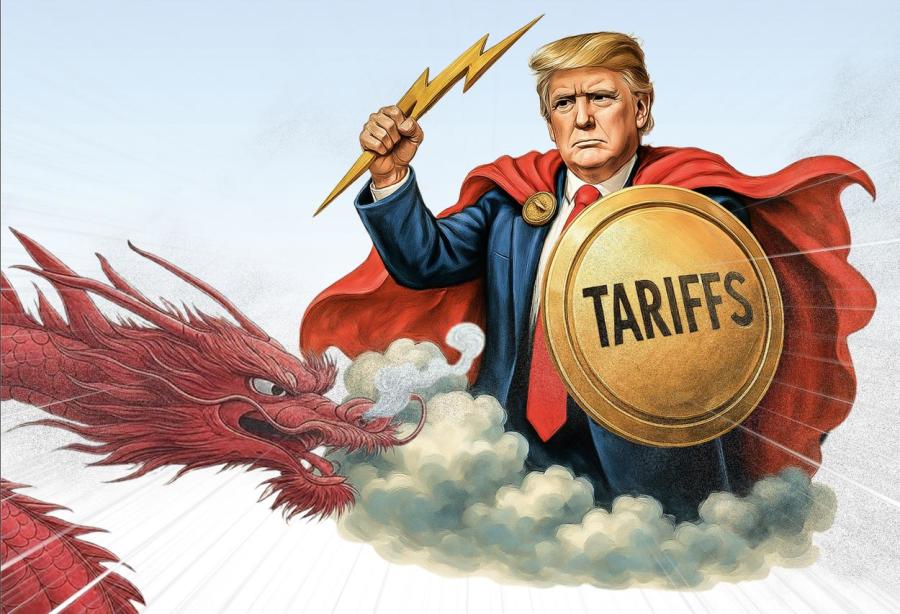
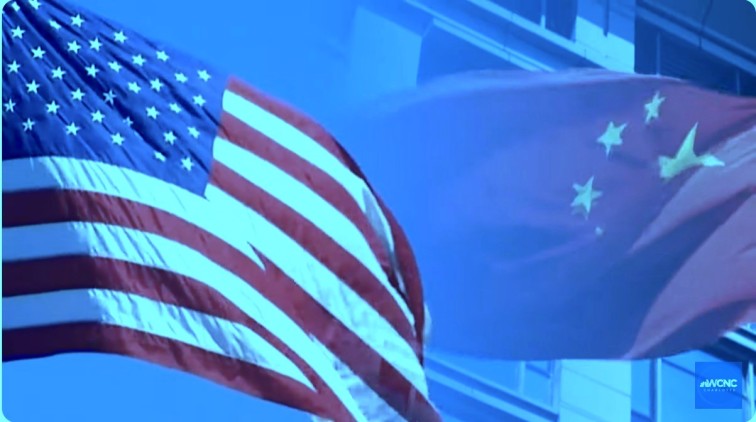
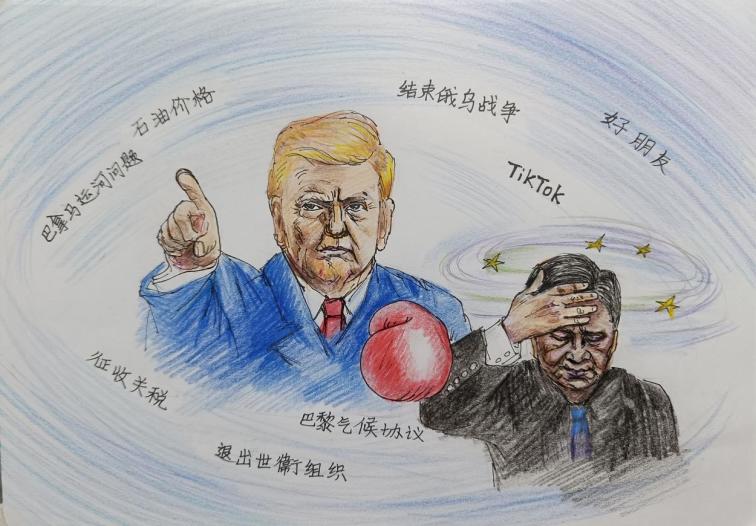
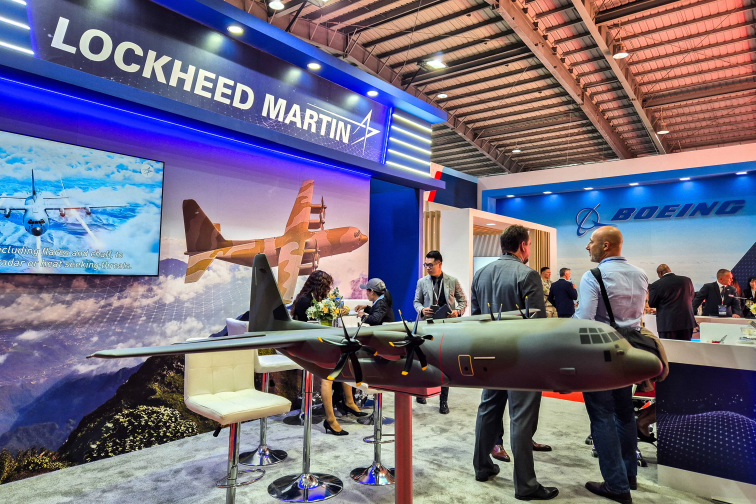

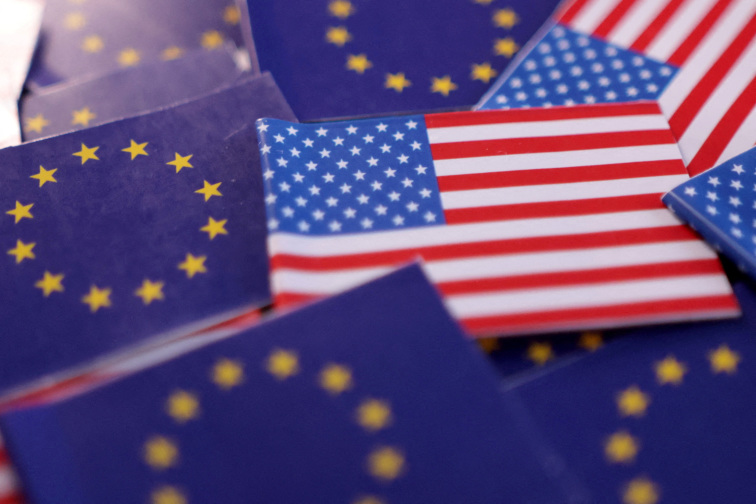

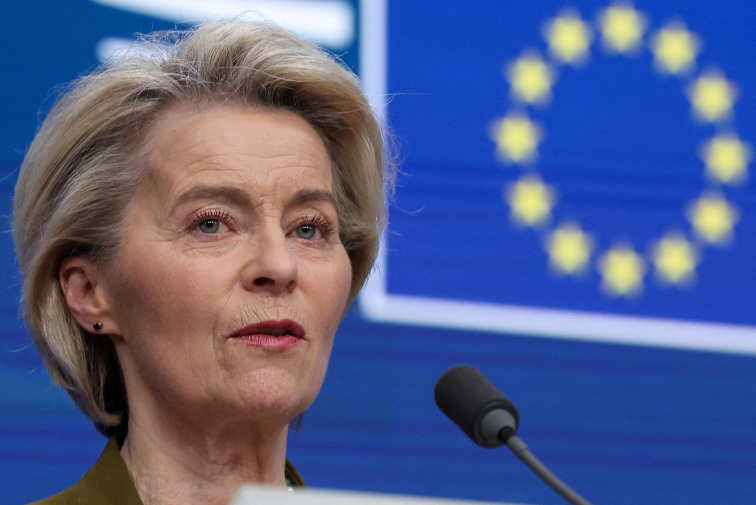


News magazine bootstrap themes!
I like this themes, fast loading and look profesional
Thank you Carlos!
You're welcome!
Please support me with give positive rating!
Yes Sure!